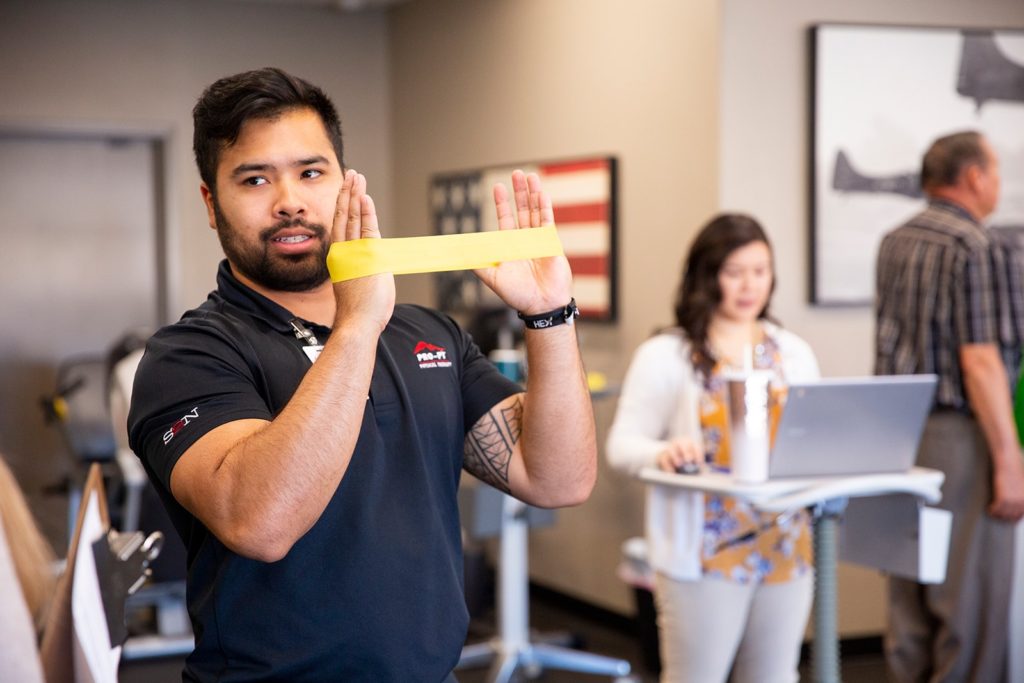Applying Mental Toughness to Enhance Results in Physical Recovery
Wiki Article
Cognitive fortitude is an crucial quality that can measurably enhance performance in physical rehabilitation. Competitors often encounter injuries that involve time away from their training, which can be both physically and mentally difficult. Mental resilience refers to the ability to remain robust and optimistic in the face of obstacles. It helps athletes adapt to the pressure of rehabilitation, stay focused on their objectives, and maintain determination throughout the healing process. By developing psychological strength, athletes can enhance their recovery experience and return to their discipline stronger than before.

One key aspect of building emotional toughness is setting realistic objectives. When athletes are recovering, it is crucial for them to have well-defined, attainable objectives during their rehabilitation. These milestones should be precise, quantifiable, attainable, purposeful, and time-specific (goal-setting) principles. For example, instead of saying “I want to get better soonâ€, an athlete might set a goal like “I will follow my therapy routine three times weekly for four weeksâ€. This helps patients assess their progress and keep their concentration on what they can manage, reducing feelings of discouragement or despair.
Another key factor in enhancing mental resilience is maintaining a positive mindset. Athletes should practice positive self-talk and mental imagery practices Recommended Site to foster a resilient mental environment. Positive self-talk involves replacing negative thoughts with motivating statements. For instance, instead of thinking “I can’t do thisâ€, an patient could tell themselves “I am making progress every dayâ€. Visualization can also be beneficial; individuals can imagine themselves performing well in their discipline as they heal. These practices help build confidence and reinforce the belief that recovery is possible.
Support systems play a critical role in fostering emotional toughness during healing. Individuals should surround themselves with encouraging companions, loved ones, trainers, and medical professionals who understand the challenges of healing. Transparent dialogue with these trusted individuals allows recovering individuals to express their thoughts, worries, and struggles. Additionally, sharing experiences with other patients can provide a sense of community and connection that makes the process easier. Knowing others have faced similar challenges can encourage hope and motivate patients to push through.
Finally, mindfulness techniques can greatly enhance an athlete’s emotional stability during recovery. Mindful awareness involves being attentive of one’s internal dialogue and emotions without judgment. Practices such as mental stillness, breathwork, or gentle movement can help athletes manage unease and mental strain related to their condition. By incorporating these techniques into their everyday schedules, athletes learn to stay grounded and focused on their healing journey, rather than dwelling on what they have lost during these details their time off from activity. This method promotes psychological balance and encourages a more positive attitude towards recovery.